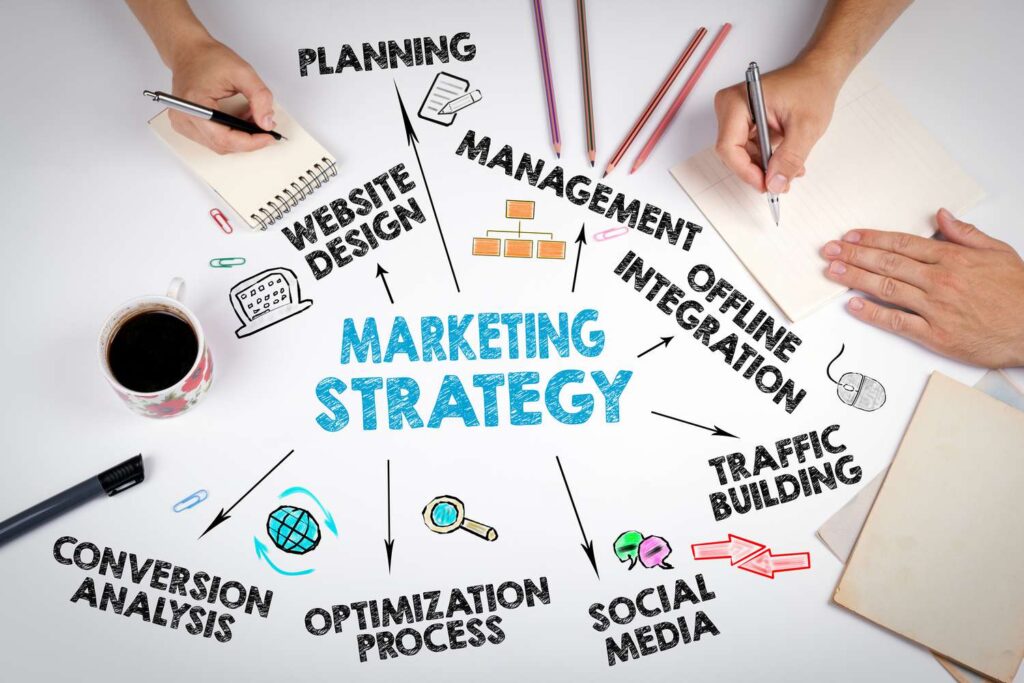Marketing is a crucial aspect of any business, including B2B businesses. A well-designed marketing project plan can help B2B businesses to achieve their goals, reach their target audience effectively, and differentiate themselves from their competitors. In this article, we will provide a step-by-step guide to help you design a comprehensive marketing project plan for your B2B business.
Step 1: Identify Your Target Audience
The first step in designing a marketing project plan for your B2B business is to identify your target audience. You need to determine who your ideal customer is, what their needs and pain points are, and where they can be found. This information will help you to create messaging that speaks to their needs and pain points and choose the most effective marketing channels to reach them.
Step 2: Define Your Goals
The second step is to define your goals. You need to determine what you want to achieve with your marketing plan. Examples of goals include increasing brand awareness, generating leads, and closing more sales. Your goals should be specific, measurable, achievable, relevant, and time-bound.
Step 3: Develop Your Messaging
The third step is to develop your messaging. You need to create messaging that communicates the benefits of your product or service and what sets you apart from the competition. Your messaging should speak to your target audience’s needs and pain points and be consistent across all marketing channels.
Step 4: Choose Your Marketing Channels
The fourth step is to choose your marketing channels. You need to determine which marketing channels are best suited to reach your target audience. Some examples include email marketing, content marketing, social media advertising, and trade shows. You need to choose the channels that are most effective for your target audience and your goals.
Step 5: Create a Budget
The fifth step is to create a budget. You need to determine how much money you are willing to invest in your marketing plan and allocate funds to specific tactics. Your budget should be realistic and based on your goals and the resources available.
Step 6: Create a Timeline
The sixth step is to create a timeline. You need to develop a timeline that outlines when each tactic will be executed and what resources are needed. Your timeline should be realistic and take into account any external factors that may impact your marketing plan.
Step 7: Measure Results
The seventh step is to measure results. You need to determine how you will measure the success of your marketing plan. This may include tracking website traffic, leads generated, and sales closed. You need to measure your results regularly and make adjustments as needed.
Step 8: Adjust as Needed
The eighth and final step is to adjust as needed. Based on the results of your marketing plan, you need to make adjustments as needed to improve its effectiveness. You should be flexible and willing to make changes based on the feedback you receive from your target audience and the results of your marketing plan.
Conclusion:
Designing a comprehensive marketing project plan for your B2B business requires careful consideration of your target audience, goals, messaging, marketing channels, budget, timeline, and measurement. By following these steps, you can create a marketing plan that is designed to achieve your goals and reach your target audience effectively. Remember to be flexible and willing to make adjustments based on the feedback you receive and the results of your marketing plan.







